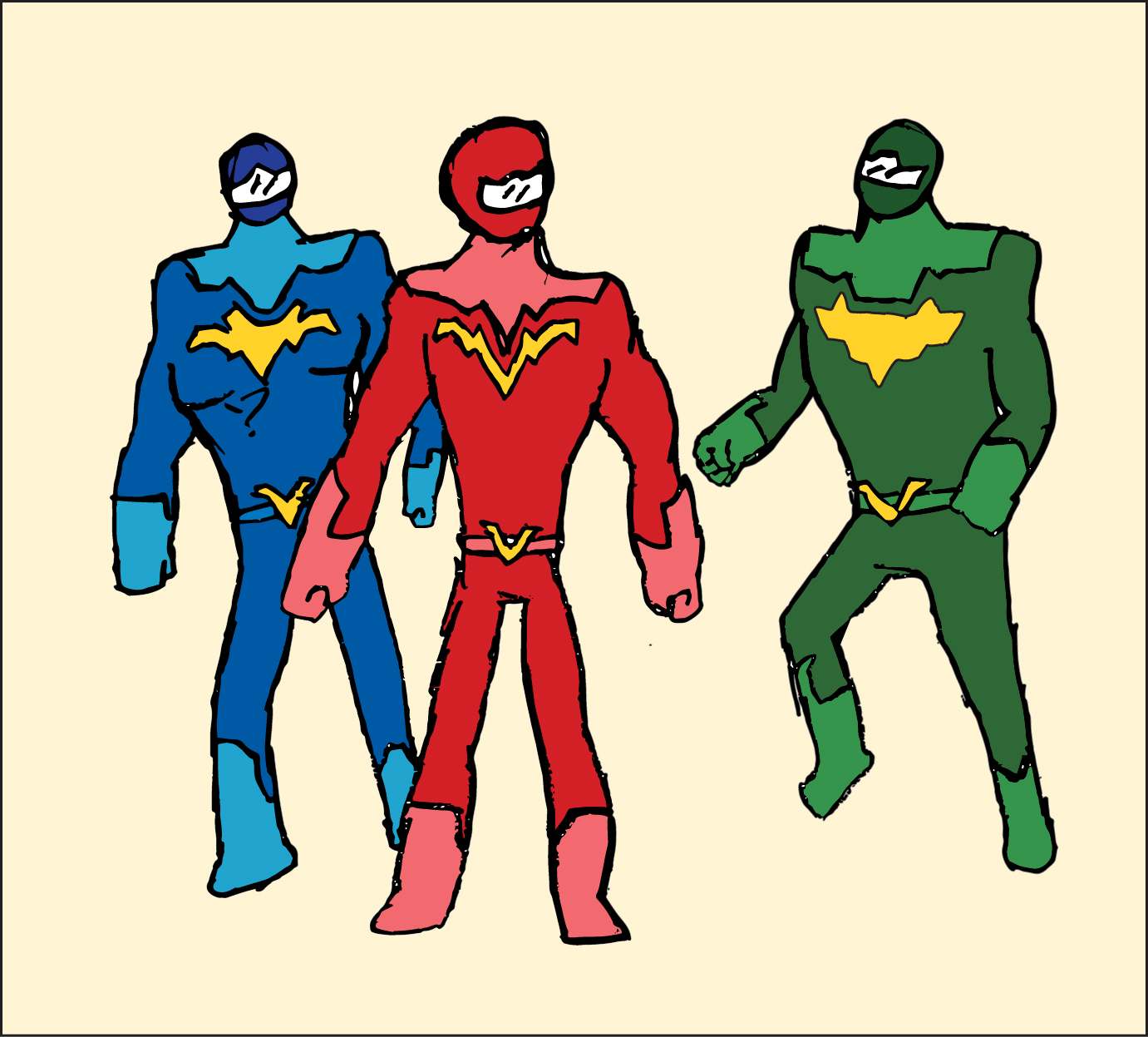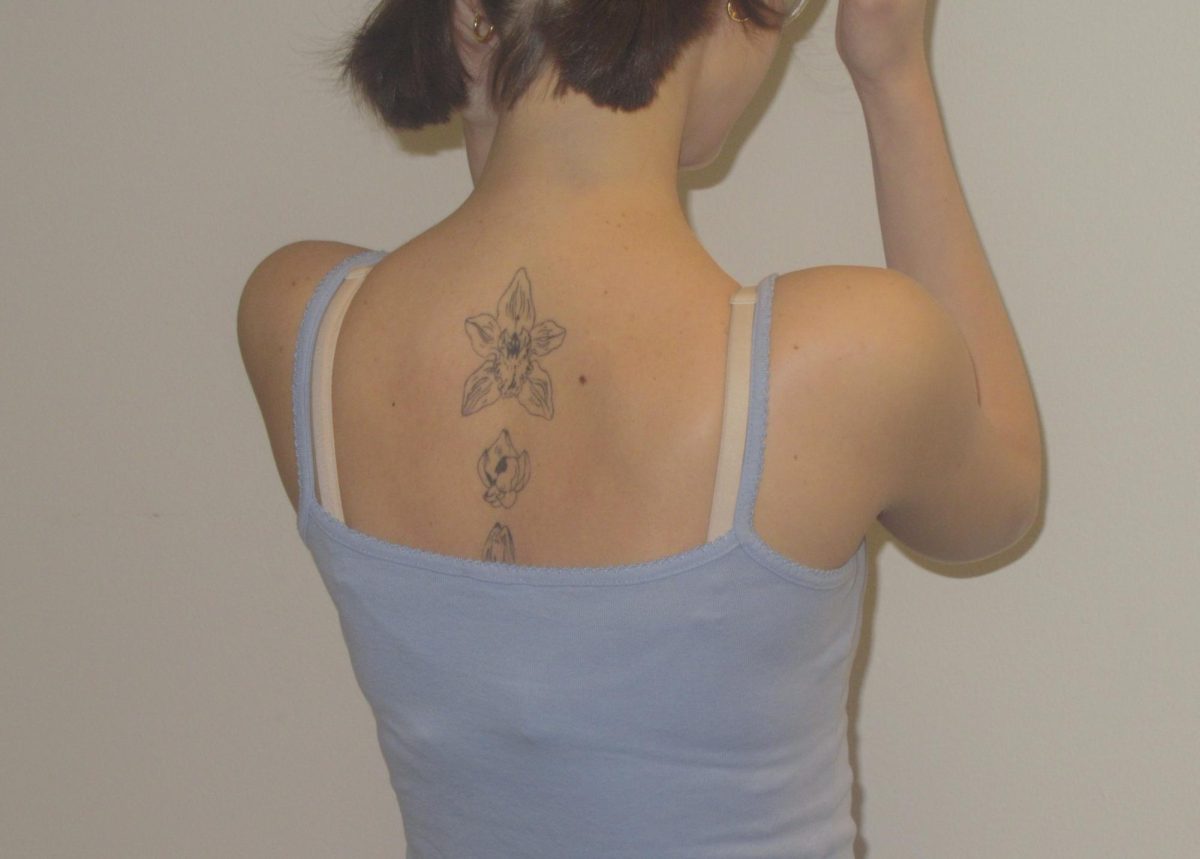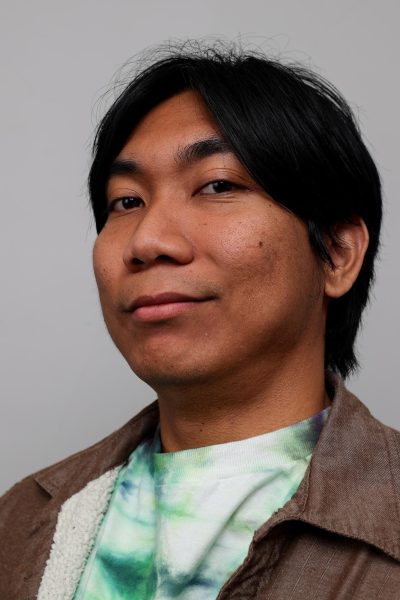
I was introduced to “Power Rangers” when I was five going on six, when my mom sat me in front of our portable DVD player and played the anniversary special crossover episode “Forever Red” of “Wild Force,” the tenth season of the show. After that episode, I watched “Countdown to Destruction,” the season finale for “In Space,” but what really hooked me in was the crossover episode for “Lost Galaxy” and “In Space,” titled “To The Tenth Power.”
Needless to say, I grew up watching some of the best seasons of “Power Rangers.” The show has been a staple in my memory and the memories of children and adults worldwide, from America to the United Kingdom, to my home, Guam, in the Pacific Ocean.
When “Mighty Morphin Power Rangers” debuted in 1993, it instantly became a hit. Before the show had premiered its first episode, Fox Kids sold out a preliminary showcase of the rangers in costume demonstrating their martial arts skills. This set the precedent for the impact the show would have for the next 30 years.
Despite this success, the show has been inconsistent in quality ever since 2012. For those who are unaware, the “Power Rangers” franchise is divided into four eras. There is the Saban Era, which is further divided into the Zordon and Post-Zordon Eras; the Disney Era, when most of the fanbase considers the show was at its peak; the Neo-Saban Era, also sometimes referred to as the Nickelodeon Era; and the current Hasbro Era.
“Power Rangers,” first and foremost, is a kid’s show. That was the concept Saban had when he pitched the show for the first time to the Fox Kids network, and the writers kept that in mind for the first few years of the show.
Something I respect about the Saban Era is the writers’ willingness to have the show mature with its viewers. As the kids grew up, the franchise grew and matured with them, and older viewers started tuning into the show.
This growth was exemplified when Disney handled the franchise. They were bold, gradually introducing more serious stakes and mature characters and storylines. “Power Rangers: RPM” was the first and only season to be written specifically for teenagers and young adults with kids in mind.
Although the cheesy and kid-friendly comedy and predictable masterplots would persist, the show evolved from lighthearted fun to worthwhile commentaries about trauma, eating disorders, death and grief, self-discovery, racism, societal pressures, broken families and fate.
“Power Rangers” started as a kid’s show about teenagers with attitude fighting monsters in giant mechs and colorful spandex. What it became was a kid-friendly show about “real” people grappling with the weight of their lives and of saving the world.
Disney’s work in trying to move the franchise forward was not followed prosperously by the Neo-Saban Era. During its run on Nickelodeon, seasons of “Power Rangers” were geared specifically toward kids and not just with them in mind. This change in direction is what often divides fans of the show.
In 2012, Haim Saban, the man who brought “Power Rangers” to America as an adaption of the popular “Super Sentai” franchise in Japan, bought back the rights to “Power Rangers” after selling the franchise to Disney nearly ten years prior. This was ironically the beginning of the decline of the franchise in the eyes of most fans.
The specific season is not always agreed upon, but fans will generally agree that the show dropped in quality during its run on Nickelodeon. Seasons from the Neo-Saban Era, such as “Samurai,” “Super Megaforce” and “Ninja Steel,” tried and failed to capture what the Zordon Era created and used to draw in fans who have stuck to the franchise for all of its 30-year run.
“Samurai” fell flat due to mediocre acting and execution of a script that was poorly copied and pasted from “Samurai Sentai Shinkenger.” “Power Rangers: Megaforce” had a similar impact, with a story that was a lazy rebrand of the character tropes established in “Mighty Morphin.”
To be clear, I will not call a single season of Power Rangers objectively terrible. I will say that they are not my favorites and that they have their flaws, but I can appreciate that every season has something to offer.
“Samurai” was the first season of the Neo-Saban Era and the first season to premiere on Nickelodeon. It reintroduced the world to the franchise, even if it was not the best impression. “Power Rangers: Super Megaforce” was a commemoration of all previous seasons, amassing the most cameos and guest appearances of the franchise, as well as having a main team with the ability to morph into and possess the powers of all their predecessors.
It seemed the franchise was learning and attempting to find a better direction when they released “Power Rangers: Dino Charge.” “Dino Charge” is what I believe to be the greatest season within the Neo-Saban Era. Although the same kid-focused script and character-writing were prevalent, this season’s storyline and plot points were the most compelling and best developed as far as long-term storytelling.
When “Power Rangers: Dino Super Charge” was released as a follow-up season, I for one was disappointed at the plateau and flattening of characters and antagonists. The following “Power Rangers: Ninja Steel” did not help.
The greatest flaw in the franchise is inconsistency. Whether due to transitioning ownership, indecisive or unimaginative writers and producers, or allotment of budget, the Power Rangers have been fighting the good fight over a battlefield of thin ice. With a list of strengths nearly as long as its list of weaknesses, it is reasonable to ask why I would continue to remain a loyal fan all these years.
The answer is simple: “Once a ranger, always a ranger.” For all its inconsistency, I cannot help but find my love of the franchise enduring and reigniting with every new or rewatched season.

















































































